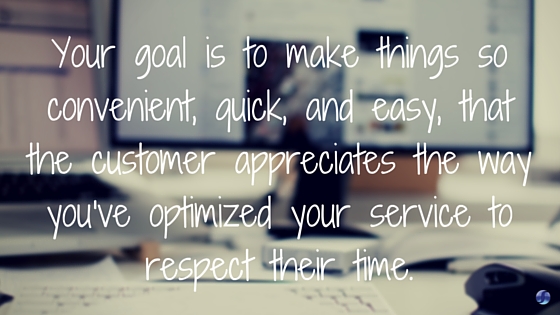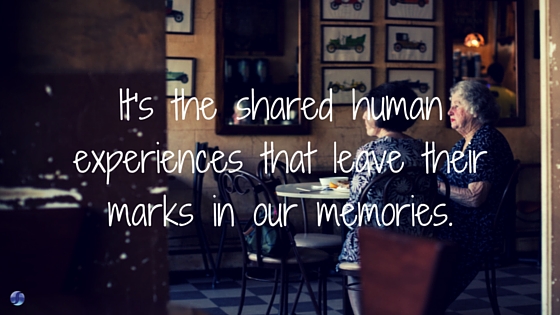I was recently reading an in depth post by Sky Word on the difference between “experience” and “the customer experience”. The author, Ted, did a great job presenting his key takeaways about how people perceive experiences vs. customer experiences. To uncover these perceptions, Ted surveyed a variety of individuals and reviewed the stories they shared as examples of experiences and customer experiences. Ted’s thoughts really launched my own wonderings about the current state of digital customer experiences.
Digital Customer Experience vs. Experience
The common theme and, really, realization from Ted’s post was that people view customer experiences as improvable (they can always be one-upped) and don’t tend to be memorable – whereas experiences involve emotion and storytelling, experiences leave a lasting impression.
What really jumped out to me, after reading his findings and thoughts, is that people view customer experiences as themselves against one – themselves against one company. Whereas people view their experiences as themselves with others – themselves interacting with other individuals or groups of people that color their memories (experiences). So how can a company shift from being a faceless, impersonal “one” to a relatable and, positively memorable, person? It can’t. Or, rather, the goal is to have an un-memorable digital customer experience.

When it comes to the digital customer experience, can you really make a memorable, delightful, loyalty-inducing online experience? All of these digital touch points that make up an organization’s online customer experience are, at the end of the day, part of a list that a customer might come up with if their experience was bad – i.e. troublesome, un-smooth, time consuming, etc. And if all of these digital touch points flow seamlessly? Well, that’s today’s digital customer ideal! But that also means your digital customer experience won’t be memorable. A smooth experience does not make for a memorable experience. Your goal is to make things so convenient, quick, and easy, that the customer appreciates the way you’ve optimized your service to respect their time.
A simple, seamless experience that doesn’t require much thought shouldn’t stick in one’s memory.
To create truly memorable digital customer experiences in this day and age, you have to really wow customers. You can wow them with innovation and convenience – by rolling out a new digital feature. You can wow them with inspiration and emotion – telling personal stories or stories of charity that elicit feelings of good will. But can you wow them with a seamless experience? Not really. It’s like appreciating good security. If security is good, you’ll never notice the ones keeping you safe – you won’t have that bumpy moment where there’s a security breach and you need to be saved, that moment where you’d take notice of those working to ensure your safety. It’s not easy to appreciate what you can’t see.
Where Digital Customer Experience and Customer Experience Meet
When customers notice that your digital customer experience isn’t seamless, then there are opportunities for the members of your organization to create a memorable customer experience. When we tell stories we describe the characters, the setting, the story and its beginning, middle, and end. Your customer support staff – and anyone customer facing – are those characters that can make or break your customer experience in crucial times. Perhaps that’s why there have been so many articles published recently on how to hire for and train your support reps to transform your customer experience!
Where Should Your Digital Customer Experience Focus Be?

As our digital world continues to change so quickly (hello IoT), we can’t all be the ones to wow customers with brand new features and conveniences. Many large companies are still bogged down by their legacy systems. These companies are currently wrapping their brains around the vaguely termed “digital transformation” to help them upgrade their legacy systems to a more agile point where back ends can swiftly transform to meet new front end (customer) expectations. So, for now, keep focusing on how to create a simple, seamless user experience when it comes to those digital customer touch points. And when it comes to places where those touch points may not flow together so smoothly, make sure your team is prepared to personally support your clients and customers. At the end of the day, we’re all human. It’s the shared human experiences that leave their marks in our memories.









